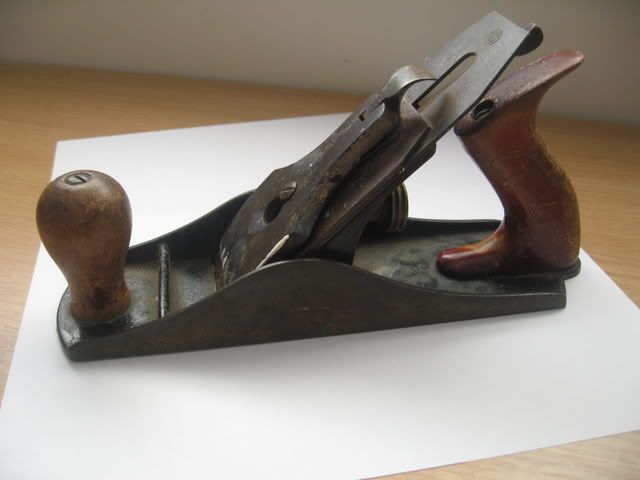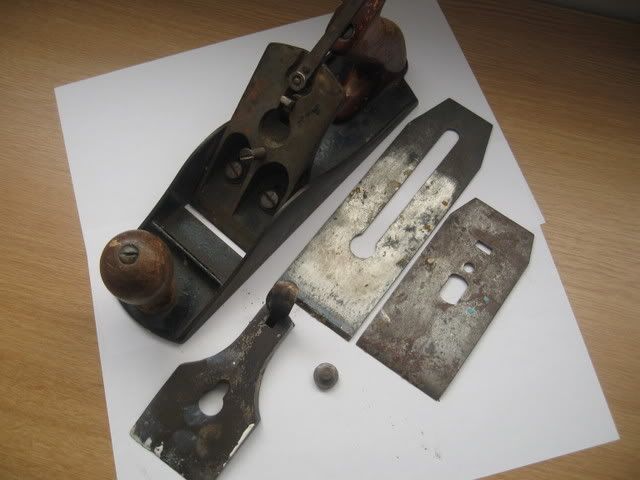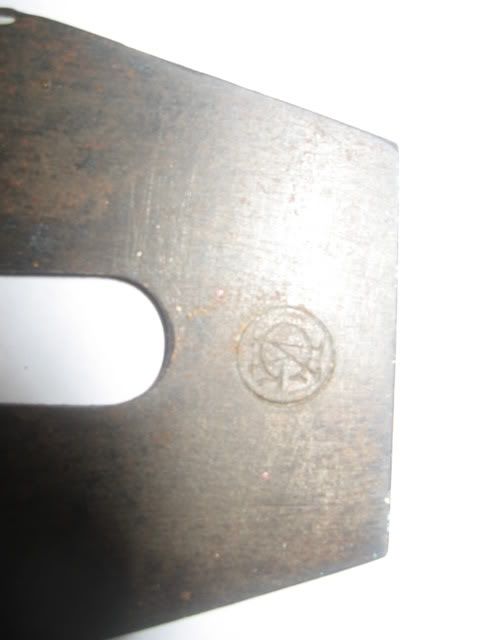TheDudester
Established Member
I was given my grandfather's plane that he had for as long as I can remember. I would like to try and save it so that I can use it. I have no idea what make it is, type etc.
I would appreciate any initial advice and if I decide to go ahead I know I will need more help.



Thanks
D
I would appreciate any initial advice and if I decide to go ahead I know I will need more help.



Thanks
D


































